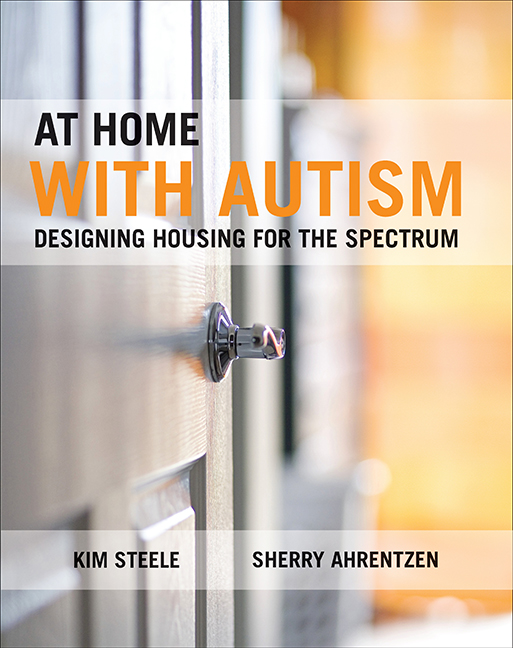Book contents
- Frontmatter
- Dedication
- Contents
- Figures and tables
- Abbreviations
- Terminology
- About the authors
- Acknowledgments
- one Introduction
- two A research-informed approach for housing design
- three Quality of life design goals
- four Design guidelines
- five On the horizon
- References
- Appendix: Research and information sources used in developing goals and guidelines
- Chapter Four image sources
- Index
four - Design guidelines
Published online by Cambridge University Press: 01 September 2022
- Frontmatter
- Dedication
- Contents
- Figures and tables
- Abbreviations
- Terminology
- About the authors
- Acknowledgments
- one Introduction
- two A research-informed approach for housing design
- three Quality of life design goals
- four Design guidelines
- five On the horizon
- References
- Appendix: Research and information sources used in developing goals and guidelines
- Chapter Four image sources
- Index
Summary
Just as neurotypical people have strong opinions about where they would like to live and in what type of home, so, too, do people with autism. The desire for an amenityrich neighborhood and a house that reflects individual ideas of what makes a home and is filled with features that support individual needs and preferences is similar for most people, with and without autism. As anyone who has moved recently can attest to, identifying and locating such a place often is challenging. For people with autism, this may be even more so. To facilitate the process, the following design guidelines, in conjunction with the ten quality of life goals described in Chapter Three, were created to provide a foundation for understanding the potential suitability of a home, outdoor environment and community and what modifications might be needed to increase its livability.
Covering aspects ranging from neighborhood selection to appliance recommendations, the guidelines are intended to assist people with autism, their families, housing providers, developers and designers identify residential design factors that create a rich, safe, supportive and sensory-appropriate home environment. The recommendations outlined in the following pages attempt to address all the potential areas that might affect a person with ASC and for that reason are not intended to be adopted wholesale. As with the population at large, the requirements and tastes of people with autism vary widely: what is appropriate and necessary for one autistic person may be irrelevant or even detrimental for another. For example, open shelving that permits visual access of belongings may be essential for one autistic person's wellbeing but would create too much visual stimulation and confusion for another.
To uncover these specific issues and create an appropriate design response, it is necessary to work closely with future residents whenever possible, using the guidelines as a tool to direct discussion and design development. Given that difficulties with communication is a hallmark of autism, it may be necessary to utilize innovative methods to understand the wishes and needs of autistic clients. Gaudion and McGinley (2012) discuss a co-design workshop strategy that brought together residents, support providers and family to formulate ideas for an outdoor living space.
- Type
- Chapter
- Information
- At Home with AutismDesigning Housing for the Spectrum, pp. 81 - 170Publisher: Bristol University PressPrint publication year: 2015



